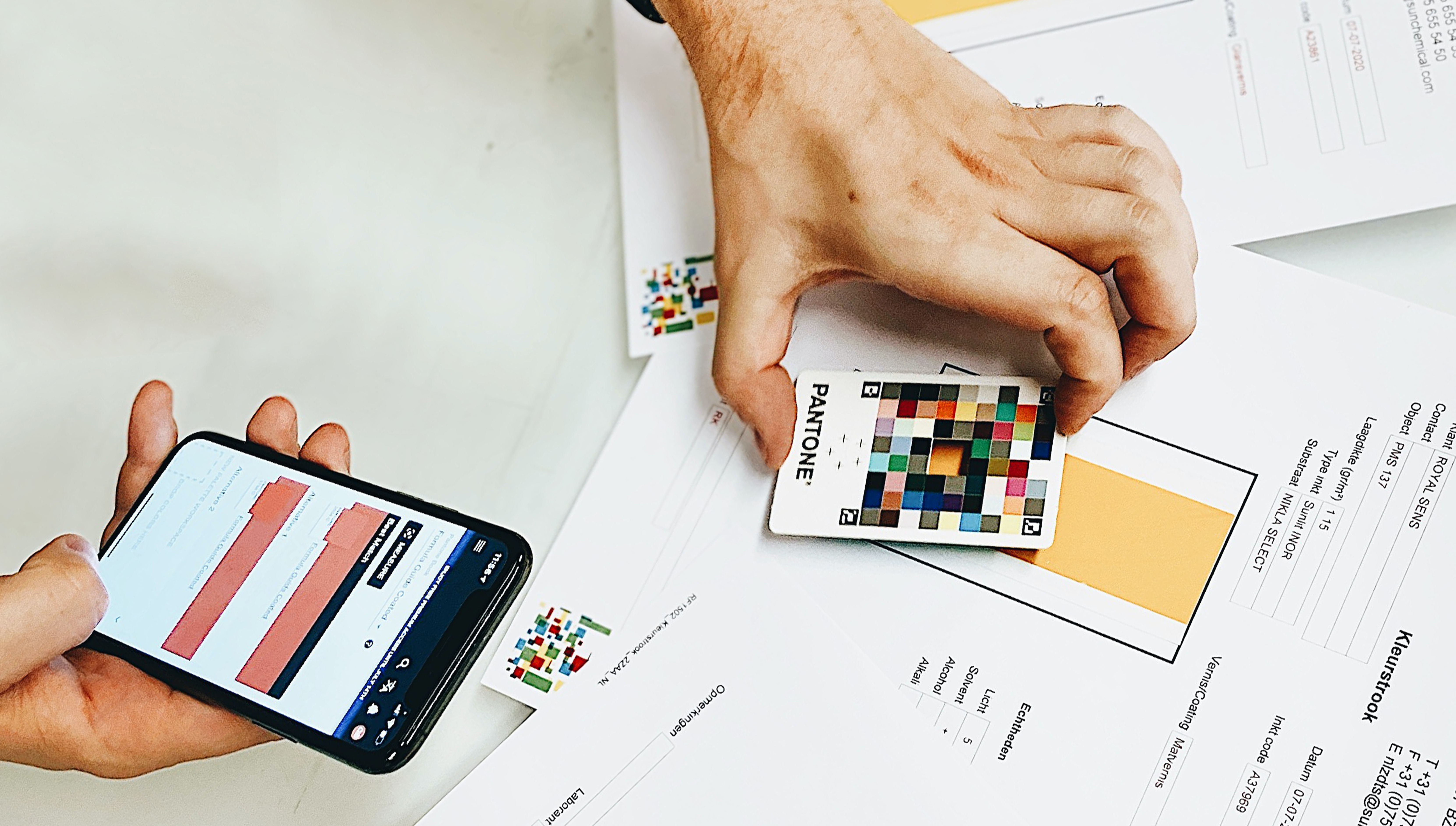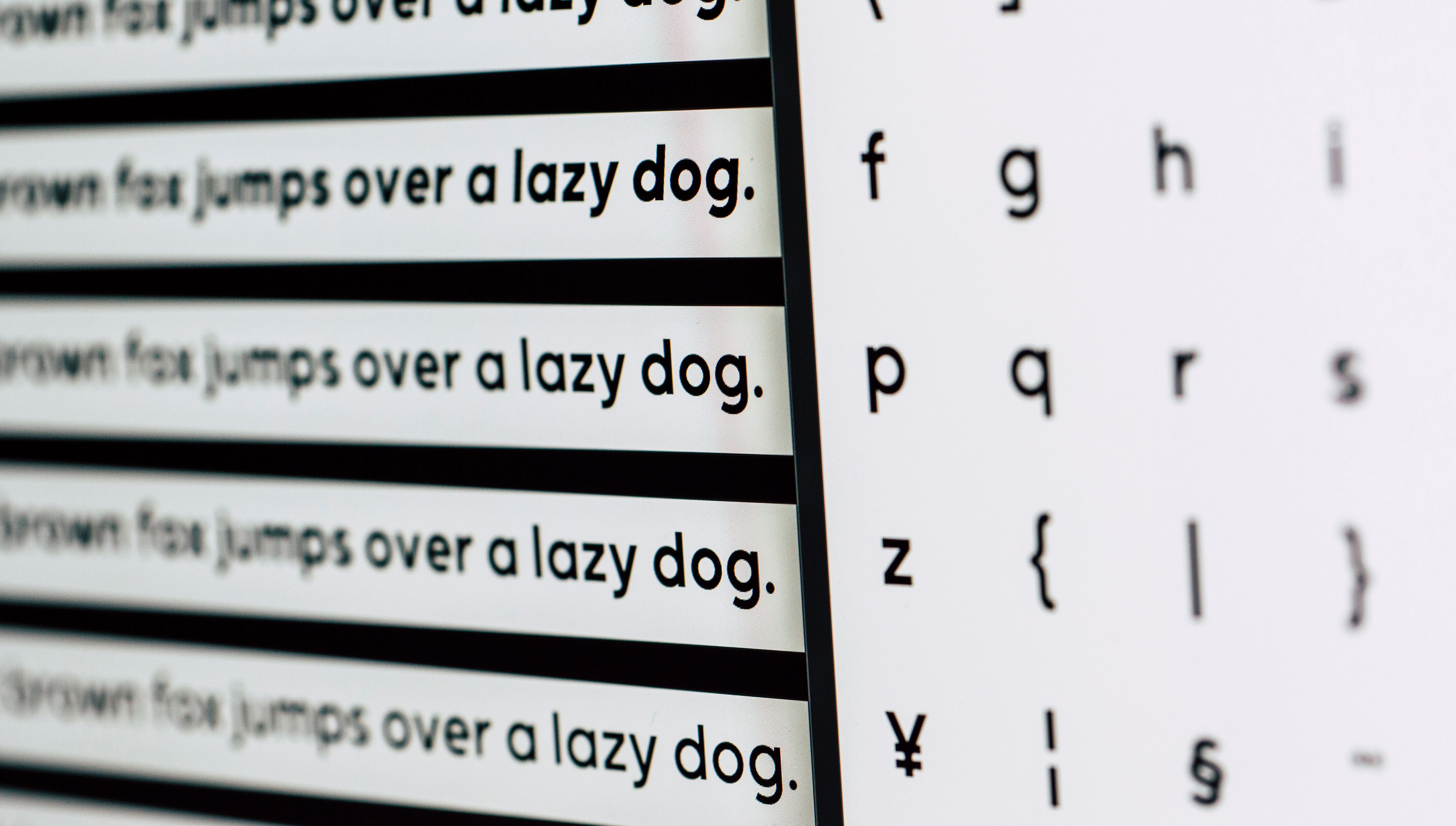Insights
How to design branding for a startup
The process of launching a startup is always complicated: decisions about important aspects pile up, investments are not yet closed… Sometimes even the product itself is not fully defined. That’s why many startups prefer at this point not to invest the time and money —which they sometimes don’t have— in defining a good branding strategy, thinking that it is something that can be left for later. But they are wrong. Branding is vital for any company but even more so for a startup. And not only because it is the only way to compete with brands that are already established in the sector, but because nowadays no product or service can succeed in the market if it does not first emotionally connect with its customers.
Sometimes startups trust all their efforts to their product having the best features on the market or offering the best service of all or having the most competitive price, thinking that this will make them succeed. It is clear that all this is important, but in reality —and as strange as it may seem— rational aspects weigh very little in customers’ decision-making when choosing one brand over another.
Most are swayed by other factors that have more to do with affinity and how they feel using a brand. And this is what is achieved with branding.
Most are swayed by other factors that have more to do with affinity and how they feel using a brand. And this is what is achieved with branding.
Branding for startups
Branding for startups has its own characteristics, which obviously adapt to the characteristics of startups. Basically there are two:
-
It is not the same to work with an already consolidated brand (which has its audience, its market share, its background and its product well defined) than with a newly created one, where everything is to be defined and whose first objective is to make itself known and quickly gain a customer base.
-
It is not the same to do the branding of a company that can invest time and money in it, than to work for startups, which usually have few resources and these must be invested in the product more than in the brand.
If you have a startup you can do the branding work yourself, but doing it well is not an easy task and requires a lot of dedication. You can also hire an agency specialized in branding for startups. These companies can bring all their experience but it is important that at the same time they allow you to be the one who has the last word. Because no one knows your company like you do…
This is our case, for example. At OKB Interactive Studio we work with all kinds of startups, both those in the startup phase (or pre-seed) and those in the growth or even pivoting phase. For these companies we carry out all kinds of work, from brand consulting to the development of a visual identity through web design and development work. All this tailored to the needs of each case.

Branding for startups, step by step
The term branding is a very broad concept that encompasses several aspects. We have grouped them into three: brand definition, visual identity and product design.
-
Brand definition: It includes all the intangible values of the brand, such as its name, its mission, its values, its personality and its tone of voice.
-
Visual identity: It encompasses all the visual aspects of the brand, mainly the logo, the corporate color, the typography and the symbols.
-
Product design: There is no more powerful way to make a brand than through user interaction with a product. Many startups focus on the digital market, so it is necessary that their products (web or application) respond to their values and are in line with their image.
Let’s look at each of them in more detail in the following sections.
The name
Naming anything is always a complicated task, but it is undoubtedly one of the most important parts when designing branding for a startup. Every good name must meet a series of requirements:
-
That it is easy to write and remember: That a name is easy to communicate is vital for a company. For that it has to be short —the golden rule of six letters— and easy to write. We know dozens of cases of companies that chose a name for their startup and are tired of always having to spell it out to customers or always having to add tags, like “with ‘h’ at the beginning” or “with ‘k’ instead of ‘c’” or “as it sounds but with ‘y’ instead of ‘i’“… Imagine the number of opportunities you can lose by customers who can’t remember your name or who write emails to incorrect emails…
-
That it is not limiting: Amazon began its journey in 1995 selling only books. What would have happened if Jeff Bezos had decided to call his business ‘Onlinebookstore’ instead of ‘Amazon’? Could it have diversified as much as it has now? Startups often need to pivot: they need to reorient themselves or even become something else to take advantage of market opportunities or to survive. That’s why it’s important not to limit your startup’s activity from day one by choosing a too descriptive name.
-
That it is unique and has character: Try to make the name catchy. Going back to the example of Amazon, Bezos selected the name of his company because it seemed exotic and powerful: the Amazon is the most voluminous river in the world and the term also designates the mythical tribe of warrior women. It also starts with the letter ‘A’ and ends with ‘Z’, the first and last letter of the Latin alphabet, which gives the idea that you can find everything in the company. As Bezos did, focusing on the original values of the brand rather than the product is one of the keys to good naming.
-
It must be available: If you are not going to be able to get the ‘.com’ with the name you want for your startup, you better start thinking about another name… You can opt for other generic top-level domain extensions —like ‘.net’ or ‘.io’— or geographic ones —like ‘.es’— but the truth is that the domain extension influences your brand image and in this sense ‘.com’ is the one that provides the most professionalism and reliability.
The mission and personality
Every startup has a mission in life that defines its raison d’être and its product. It is a basic element in every company and is summarized in a simple sentence of no more than a hundred characters that explains what you do and why you do it.
A little below the mission is the internal culture of the company, which represents how what is done is done. We could define it as the set of values that drive all the company’s decisions and define its personality.
For consumers, it is increasingly important to choose brands that share their values and their way of seeing and understanding life, even in aspects that may go beyond the limits of their own product.
It’s not about projecting a false image with ideal and perfect values. It’s about being what you really are (or at least your best version).
Sometimes not too much time is devoted to this point, but as we will see, it is fundamental to be able to advance in the rest.
The tone of voice
Your startup cannot speak with your customers. Instead, different people will speak through multiple channels: the director in his interviews, the content manager through the website, the marketing manager through his advertising campaigns, the community manager on social networks, the sales department with customers… Each person has their own way of expressing themselves and this can affect the way your customers perceive you, creating a kind of ‘multiple personality’ that is not convenient for you.
That’s why it’s necessary to define a tone of voice that unifies all sources and messages and that reflects the personality of the company well.
The color
As we have already discussed on previous occasions on this blog, color is a language in itself and as such has an important communicative power that can never be underestimated. That’s why choosing a color that represents well the philosophy, values, personality, and history of your startup is essential for branding.

The first step is to define the corporate color, which is the one that will represent your startup. Each person has their own experiences with colors, so the final choice can be somewhat subjective. But it must be taken into account that throughout history colors have been associated with different realities, which makes them culturally evoke certain sensations. This is what we call color psychology. It is also important to look at what colors the competition is already using to achieve quick differentiation.
According to the corporate color, the secondary colors are chosen, with which the color palette is created. This palette not only has to be harmonious, but also the feeling it conveys has to be in line with the personality of the company: fun, festive, relaxing, ecofriendly…
The logo
The logo is perhaps the element that best represents your brand, so it must be given special care when designing the branding for your startup.
Although in this article we are going to use the term ‘logo’ —or simply ‘logo’— to refer to a brand’s insignia, the truth is that the term is only strictly applicable to those insignia composed exclusively of letters (more or less ornamented letters, but letters after all). This name sometimes tends to be accompanied by an image, which we call ‘symbol’ or ‘isotype’.
There are brands that work without an isotype, there are others that use only an isotype (without any text), there are others in which isotype and logo are fused into one thing difficult to separate, there are others that use both elements always together —although with various combinations— and there are others that use logo and isotype interchangeably, together or separately… For a startup our recommendation is to simplify the use of the logo as much as possible, as the brand may not yet be mature enough to support different representations without losing consistency.
On the other hand, just as with the name, a good logo does not necessarily have to be descriptive, so it is not necessary to represent your activity, not even to faithfully illustrate your name. What is really important is that it is easily retainable. For this it is necessary:
-
That it is simple, easy to reproduce.
-
That it is understandable, that is, that it quickly shows what it represents and does not lead to confusion or misunderstandings.
-
That it is unique, original, that it does not resemble or remind of the logo of another brand.
Finally, it is important to design several versions of the logo, both the ‘official’ one —which will be displayed by default— and the alternatives, which will have to be applied when certain circumstances arise, such as the black and white version for when colors cannot be used, the negative version for when it is used on dark backgrounds, the simplified version for when it is reproduced in very reduced dimensions…
Typography
The type of letter is another key element in the design of branding for your startup since many of the communications with your customers will be through texts.
Typefaces —like people— have features that give them their own personality, so you need their character to match the one you want for your startup. There are typefaces of all kinds: serious, elegant, carefree, warm, strong, naive… Once you have chosen your font, think about how it makes you feel: if those feelings perfectly match those you defined for the personality of your brand and its tone of voice, congratulations because then you will have the perfect typeface.

It should also be taken into account that you will need several typefaces, one properly ‘brand’ (circumscribed to the logo and little else, where the main thing is its style and character) and others corporate (for common texts, where in addition to the character also you must take into account its readability). Generally of these last ones you will need two types: one for low density texts (titles) and another for high density ones (paragraphs). You can even establish different fonts depending on the type of support (printed or digital), although in the case of startups our recommendation is to simplify the typographic use as much as possible.
The symbols
Okay, the logo is the most powerful symbol of a brand, but every company has other symbols. Any element can become one of your symbols if it is used consistently: patterns, patterns, images… Any graphic element plays a fundamental role in allowing users to quickly and unequivocally identify your brand on any support.
Defining these symbols will be of great help when designing products as diverse as social media posts, catalogs, or packaging…
The style guide
Once you have all the elements you need to build your brand image, it’s time to compile all that work into a single document —let’s call it a brand guide or style guide— that serves as a reference for everyone who works for the startup (both internal teams and suppliers) to understand the brand.

This work will allow your startup to grow consistently. Everything, absolutely everything related to your startup must fit with the principles of your style guide: from the application and the website to the advertisements on different supports, through packaging, presentations for investors, business cards, brochures, merchandising products, social media posts, emails, letters, stands for fairs, uniforms, vehicles, decoration of points of sale…
This document can be published in many ways, although ideally it should be easily understandable and above all very accessible. That’s why, for example, at OKB Interactive Studio we like to publish it as a microsite (instead of in PDF or PowerPoint). This allows it to be easily updated, as a brand is a living being that never stops growing and evolving.
Product design
Finally, we come to product design. Agreed: product design is not technically part of branding, but from our point of view both concepts are very related. So related that they deserve to be together in this article. Because as we said before, the sensations that your users feel when they interact with your product are very powerful and contribute to building your image.

If you are a friendly brand, your product should be friendly. If you are a brand that targets an elitist audience, your product has to be elitist… In the case of the digital market, where many startups focus, websites and applications must also be in line with the brand image. In this sense, design systems are very useful for your startup.
The design system (or design systems) serve to build digital products (apps and webapps) in a totally scalable way, allowing to grow with new functionalities quickly and consistently, something that every startup needs to survive.
Branding is a fundamental element for a startup. Having a well-defined brand will allow you to be recognizable, stand out from the competition, connect emotionally with more potential customers and grow consistently. That’s why it’s important to invest in branding, even for those startups that are in their initial stages. At OKB Interactive Studio we can help you with your brand positioning, our graphic designers can create your visual identity and our development team can make your website or application real.



